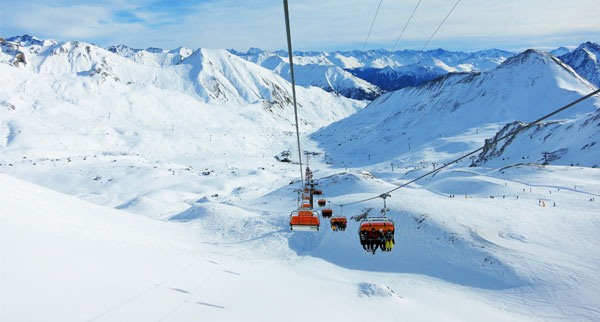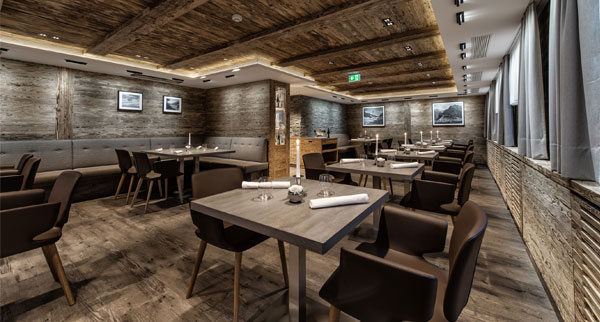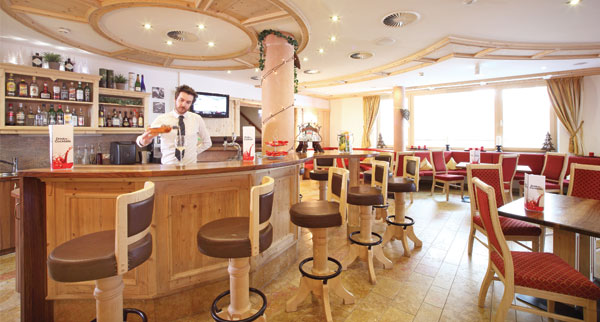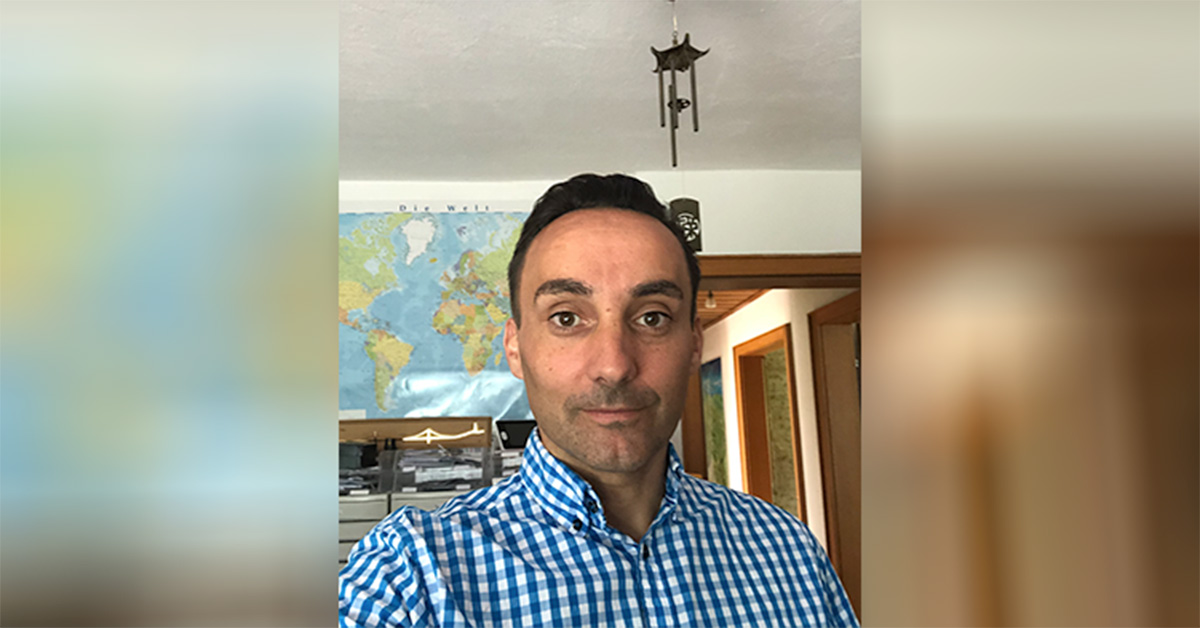Stuart Parish sets off for the slopes of Austrian ski resort Ischgl.
Click here to download and save as a PDF.
My first and only experience of skiing in Austria came as a 13-year-old on a school trip to Saalbach-Hinterglemm – and in 1992, that involved a 26-hour coach trip from the depths of Cornwall.
Needless to say, I was delighted on joining an Inghams ski trip to Ischgl, in western Austria’s Paznaun Valley, to be told the trip would be considerably shorter on this occasion. In fact, it was just one hour, 55 minutes from Gatwick to Innsbruck, followed by a resort transfer time of one hour, 20 minutes – one of the quickest journeys I’ve experienced over numerous ski trips since that day-long expedition 27 years ago.
Chalet chic
Much of my subsequent ski experience was in France and Andorra, and this transfer in Austria was a reminder of how very different each area of the Alps really is. The surroundings on the climb to Ischgl had a traditional Bavarian feel, with beautiful wooden chalets set against the Alpine landscape, and that style continued all the way to the resort town.
Ischgl is well-equipped for skiers with kids, but it positions itself primarily for groups and couples. One memorable marketing slogan claimed: “Ischgl isn’t for families – it’s where people come to make families.” I can’t vouch for how true that line is, but it certainly set an expectation for our stay.

We based ourselves at the Chalet Hotel Abendrot, and while you need to be prepared for a short walk, it wasn’t too far from the hotel’s boot room to two easily accessible slopes. The main Silvrettabahn lift is 300m to the left of the property, while the Fimbabahn lift is a little further at 400m, but the latter benefits from a long moving walkway that saves your legs and cuts through the mountain.
The Fimbabahn lift was the start of each day’s skiing, with relatively short queues before a bubble lift that ascends to the main gathering point of Idalp, at 2,320m, where you’ll find a ski school, restaurants and a variety of easy-to-navigate blue runs.
There are also numerous lifts that enable skiers to go farther up the mountain. However, beyond Idalp, it was difficult to find anything simpler than a red run and skiing required a level of competence, especially when the slope difficulty was combined with ice.
At 2,872m, you could reach Greitspitze, which looks down over a network of trickier black runs that are narrow with plenty of bumps – not the place for a novice or poorly prepared skier – with no easy way down once you’ve taken the initial leap of faith.
A simpler way to find your way down the mountain, and one that is bound to appeal to any thrill seeker keen to begin their après-ski celebrations sooner, is the Skyfly. This requires you to strap your skis or board to your back and descend along a 1.25-mile steel rope through the Kitzloch ravine, where you can reach speeds of up to 50mph. Sadly, the icy conditions meant we couldn’t use it, but it reopens for winter on November 28, when it will operate daily except on Mondays, priced €39 for a full journey into the valley.
Après-ski
No one does après-ski quite like the Austrians, and if you enjoy drinking lager from a stein while listening to oompah music (and who doesn’t?), there’s more than enough to keep you entertained.
The two main après-ski areas are at the base of the two lifts. Silvrettabahn has numerous bars that spill out onto the streets in the late afternoon, while Fimbabahn is a little quieter. A short walk from Fimbabahn is Kitzloch, which opens as a bar for the après-ski crowd from 4pm to 7pm, before closing and reopening at 8pm as a restaurant. Get there early if you want to find yourself a seat, as the bar is packed by 5pm with revellers straight from the slopes dancing on chairs and tables. It might not appeal to everyone, but it was good natured and hugely enjoyable, so an absolute must if you want to sample the local entertainment and experience après-ski as it should be.

A more civilised evening can be spent a short walk from Chalet Abendrot at gourmet restaurant Stüva. Stüva is part of the hotel YSCLA and has picked up a string of awards, thanks to head chef Benjamin Parth, this year’s Gault & Millau chef of the year. With only 11 tables and capacity for 35 guests, it would be advisable to book beforehand.
Of the many oompah tracks I heard during my stay, the standout was the repetitive refrain of “Ischgl, it’s the best place”, which I found myself singing for weeks after my return. Ischgl certainly reminded me of Austria’s merits as a ski location and provided a challenging but enjoyable time on the slopes, plus some fun and memorable times off them too – all without the need for a 26-hour school trip.
Tried and tested: Chalet Hotel Abendrot
The Chalet Hotel Abendrot was rebuilt in 2010 but retains a traditional look, with wooden balconies wrapping the property. Unlike many ski properties I’ve visited, it was pristine throughout, without the wear and tear that often comes with residents dragging ski kit through the hallways.
The focal point of the property is the large bar and restaurant area, which are modern and comfortable.
However, the true differentiator is the Inghams staff, who were always on hand to ensure our stay was as enjoyable as possible.
Breakfasts were relatively simple, to set you up for a morning on the slopes, while evening meals were excellent and well above the standard you might expect of a chalet.
Book it: Ski Total offers seven days from £809 per person, based on two sharing, with flights and transfers. The price includes buffet breakfast, afternoon tea and cake, and evening meals with wine for six nights.
skitotal.com
Read more
Exploring Verbier in the summer
The best ski resorts in Canada
Selling accessible skiing





